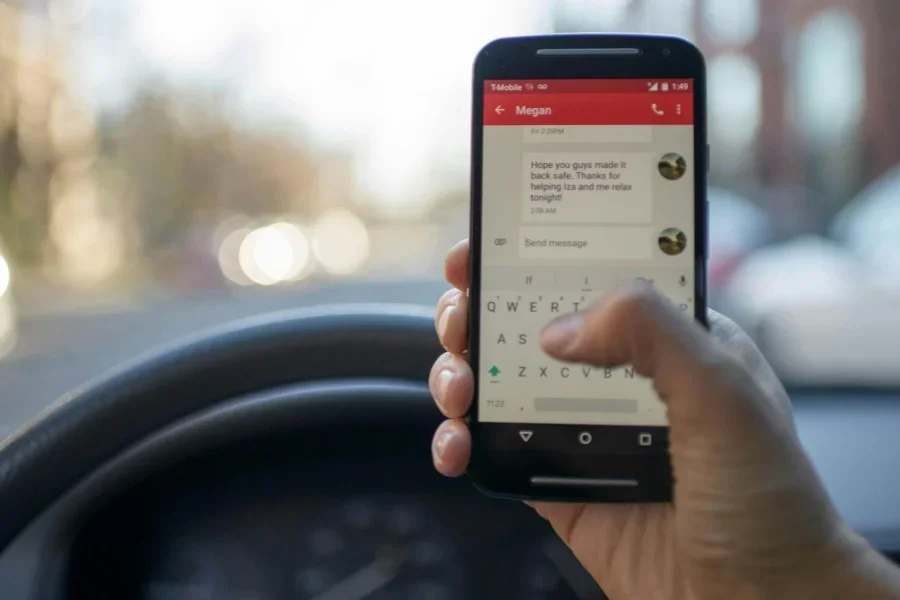The loud sound of a brand text brutally cuts through the digital noise. Where emails hang unopened and social algorithms bury content, SMS commands attention – with an astonishing 98% open rate that outpaces all other channels. It’s not about spammy promotions; it’s about using the direct neural pathway to consumers. Vibes research confirms that 80% actively seek out a weekly brand text, but Klaviyo’s warning is telling: 53% of brands just balk at irrelevant messages. The brands winning here – like Usual Wines, which earns 20% of revenue from its SMS wine hotline – see texting not like a broadcast, but like an important conversation. This huge shift demands a radical rethink of how brands build trust and inspire action in an over-saturated marketplace.
Personalization isn't optional - it's a benefit

The usual explosions are now actively hurting brands. Data from Attentive reveals a key insight: 96% of consumers are more likely to make a purchase when they receive messages directly related to their behavior — like abandoned carts or back-in-stock notifications. Fashion retailer Hello Molly weaponizes this by triggering SMS sequences. To avoid minute cart abandonment incidents, weave personalized styling tips with limited-time discounts. Their recovery messages don’t scream “Buy Now!”; they whisper, “This floral dress matches perfectly with the sandals you’ve been browsing.” Conversion rates skyrocket because the text doesn’t sound like a billboard, but like a concierge service.
Deep linking technology turns these texts into a seamless path. Kosas Cosmetics saw a 27% increase in sales by embedding links that bypassed app navigation, taking customers directly to the referenced product page. Compare this to brands that send generic “Sale!” text with a homepage link – a practice that Connectly.ai believes is responsible for 42% of immediate opt-outs. The message is clear: use SMS as a scalpel, not a hammer.




